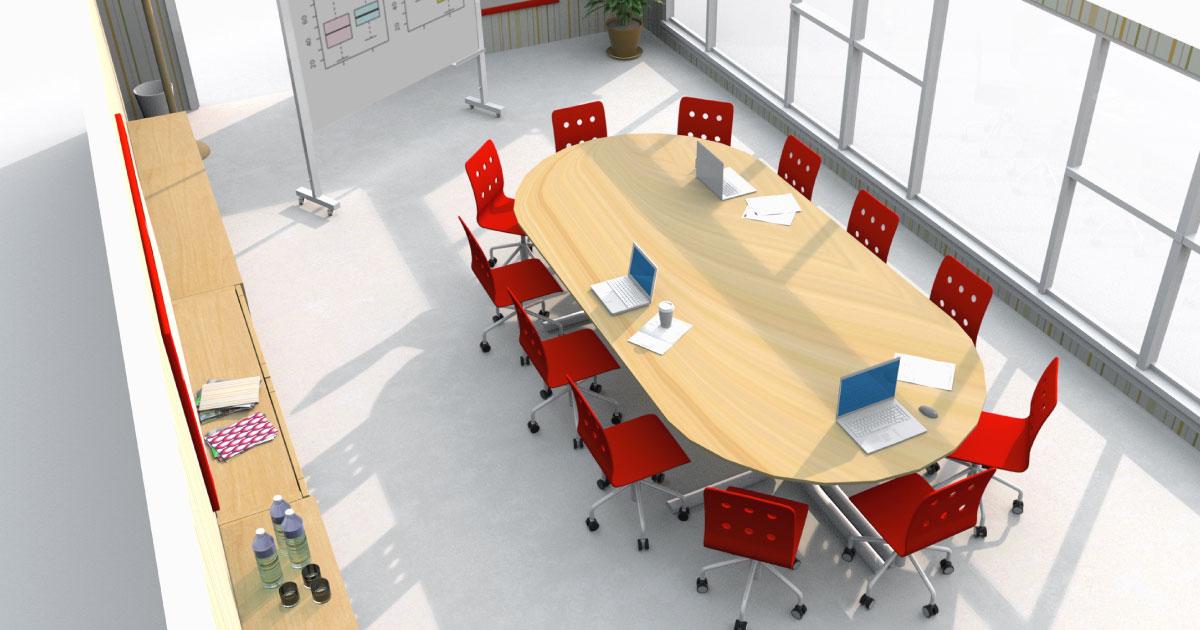[This article was originally published on our affiliate site PlanYourMeetings.com.]
When a person enters a room, instinct will make her look for a place in the room where she can feel the most safe and comfortable. Especially if the room design has nothing else than the traditional chairs and/or tables. Creating a space design where the atmosphere and physical set-up immediately embraces the participants with a feeling of comfort and safety is the best start to a meeting that you can give your participants.
The design of the physical meeting space should also be seen as the body language of a meeting. Theme, purpose and key messages should be recognizable and reflected in the design of effects, visuals and physical impression. This will enhance and support the objectives of your meeting and create meaning and value.
Following are five design principles to consider using in your own meetings.
-
Emotions and atmosphere
-
Theme and identity
-
Multi functionality
-
Nudging
-
Tactile
Emotions and Atmosphere
Consider carefully what feelings you want to wake in your participants. The feelings could work as a primer of the work process format you have designed or create a positive perception towards the messages and topics of the day.
Elements such as sounds, music, lighting, colors and the texture of furniture can be very powerful and enable a feeling of well-being and an informal and relaxed atmosphere. But feelings such as excitement and anticipation can be created by using more dramatic elements.
Feelings are, of course, subjective and we react very different but here are three elements proven through psychology behavior studies to be universal and improve emotional impacts of the space design.
Some of these are easy to take into consideration of your meeting space design. The persuasive element, physical objects such as seating in small clusters around a small table to boost communication and a sense of being a part of a team. The spatial perception opening up some space to create a sense of freedom where people can both move and meet other to network. Last a stimulation of natural environments, bringing in elements of nature to create an optimal atmosphere for relaxation and health.

Theme and identity
A meaningful integration between the theme of the meeting and the company brand or DNA will enhance the understanding of identity. The connection will make the participants feel closer to home and give a sense of coherence to the meeting even when the location is unfamiliar.
Here is a very large and empty hall transformed into a blast of color identity just by providing folios on large windows and using the color red.
Use the company colors, words, values and logo as effects in and outside the space but also before the meeting to create the links.
Here is an example in which the invitation to a strategy-meeting with the theme “Growth” was written on a can consisting a seed. The idea was to kick start the minds of the participants and create awareness to the theme by start watering their own small seed.
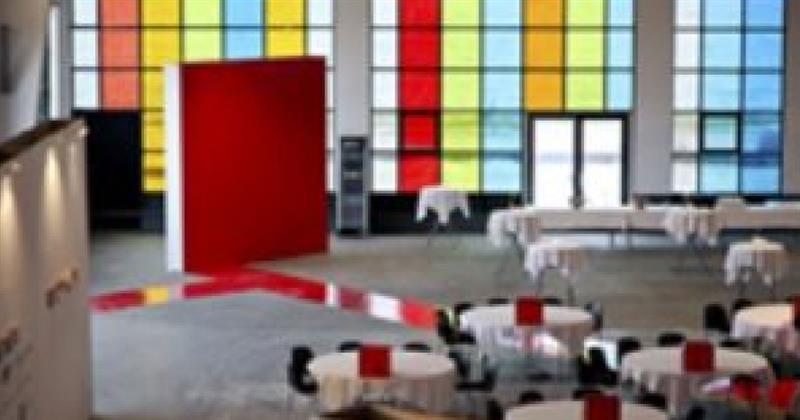
Multi-functionality
A large room is often a perfect solution to create a multifunctional wholesome. Instead of the more traditional plenary and breakout rooms, it creates a feeling of unity, maintain the collective energy and is also more time efficient that you do not have to spend time to move participants back and forth.
The physical set-up has to accommodate different functionalities. The participants should have free floor space to network and move around, think it like a city square or a “heart” of the room.
Other areas of the room should invite participants to talk and work both in groups and in pairs. A room in room solution could be perfect in situations were co-creation of projects, strategies and ideas could require table of wall space for the process. Make small areas that indicate a room, simply by making a door.
Here is an example in which the real fake door is both a writeable surface and an indicator for a breakout “room” and also easy to move as needed.
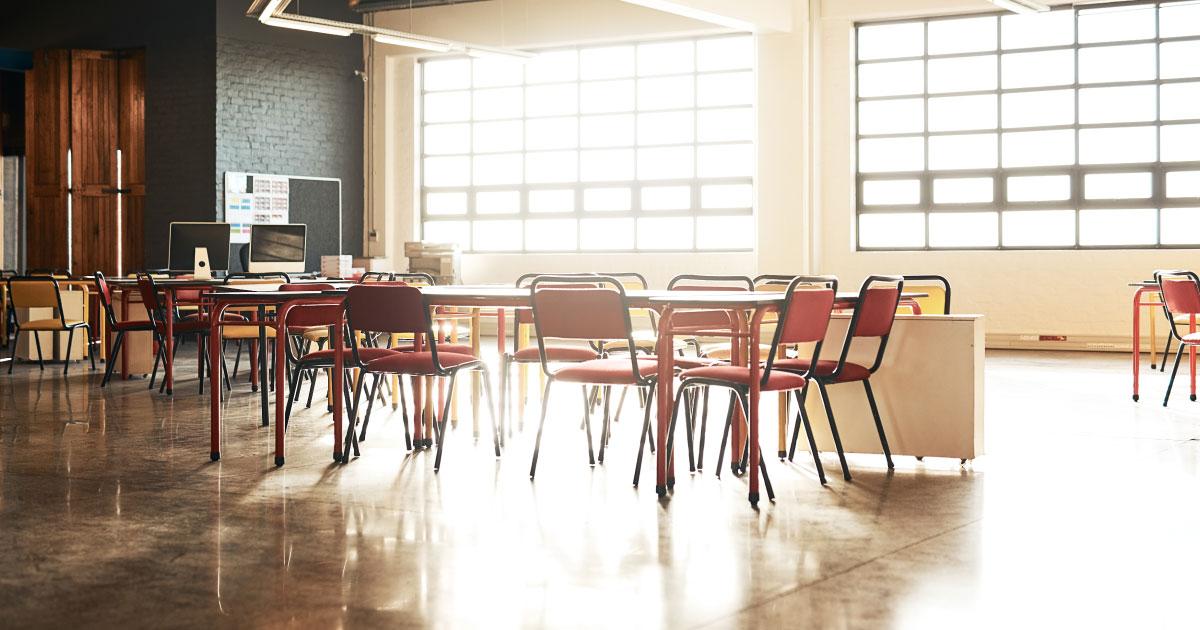
Nudging
Nudging is a controversial topic in field of psychological behavior. When used gently and positively in meetings it can help the participants to create individual better choices and outcome. Help them find other participants with similar interests and share knowledge. Simply by providing them with badges that indicate what they are looking or know something about.
On a practical note, it can help logistics flow more efficiently, make it easier to find events and emphasis key messages in creative ways. By using signage in all possible creative ways from fortune cookies with messages linked to the topic and content or simply invite to some movement, such as hopscotch on the floor.
Tactile
Communication, information and content in meetings and conferences is often mostly the spoken word supported by visuals in text and photos. To enhance both understanding and learning we can work with tactility. Making all this intangible information tangible.
The simple idea is to make a small notebook, where there is both pre-written key messages and a mix of exercises that invites to either write or draw own thoughts, reflections and ideas. Facilitate the use of the book into the flow and format and, better yet, introduce the book in the beginning of the meeting by creating getting-to-know-each-other exercises in which a photo of the individual participants is a part of the book cover.
Our ability to understand and learn complexity increases if we are able to get our hands onto them. Create a format where the content is materialized, not just visuals on a slide. Bring the product, show it, touch it and use it if possible—even if the content is as intangible as data in a new IT system like this example.
The participants are creating their own understanding of the data flow and interdependencies of the new system through color-coordinated lighted balls that resemble the system’s main areas and strings as the roads on which the data travels.
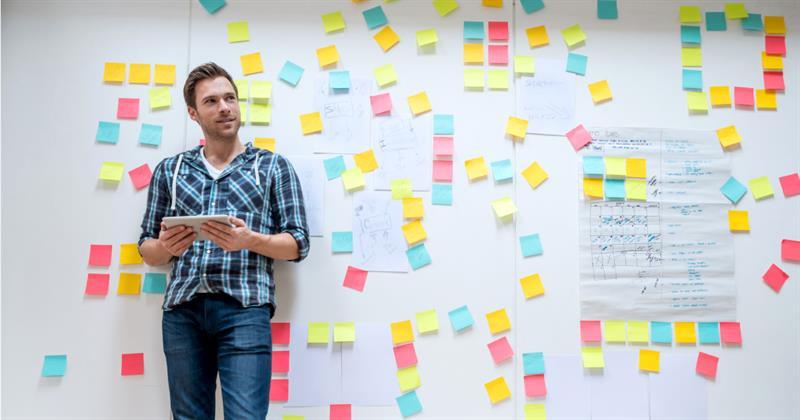
The real magic…
…begins when you succeed in getting all of the five elements into your meeting design. Well balanced and never make them steal the attention from content, knowledge and key messages of your meeting.
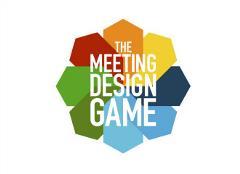
(Learn much more about meeting design with the revolutionary Meeting Design Game, created by this article’s author Ann Hansen and her partner Bo Krüger.)
